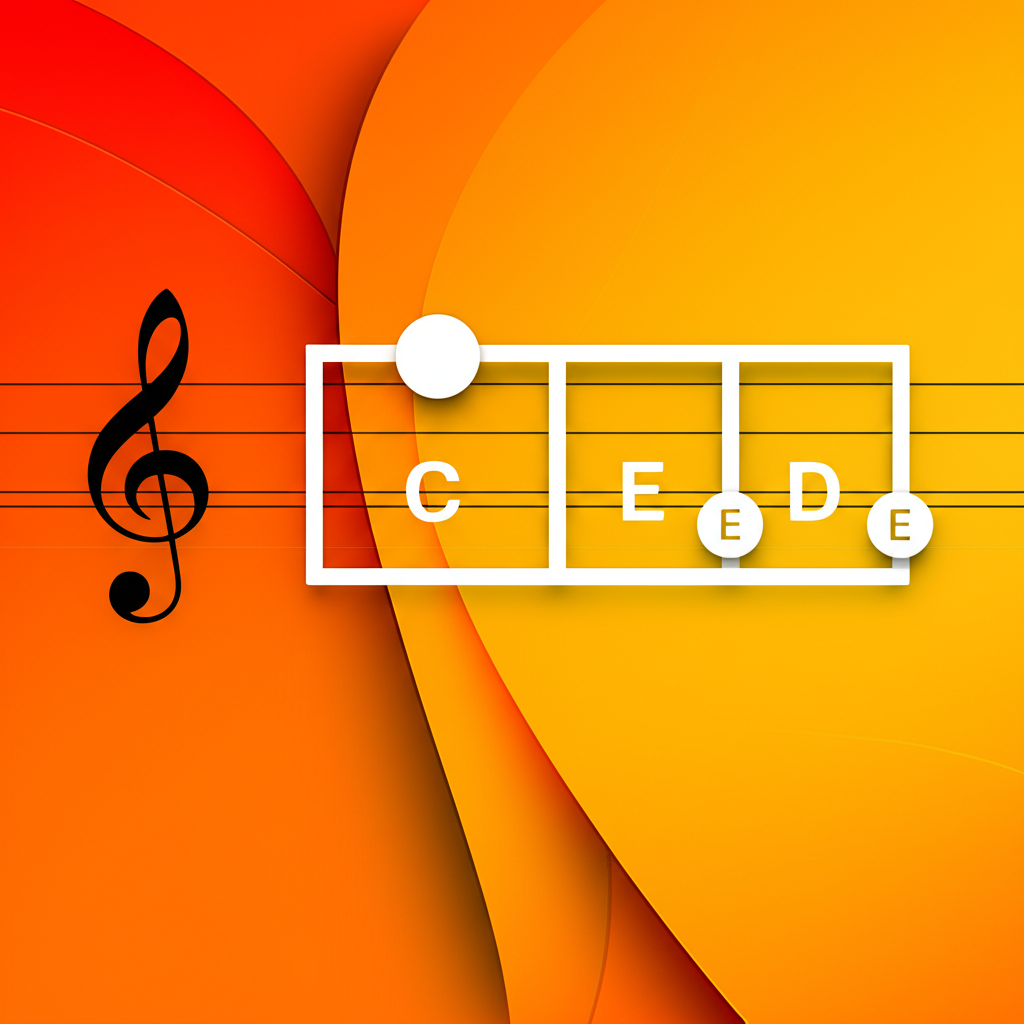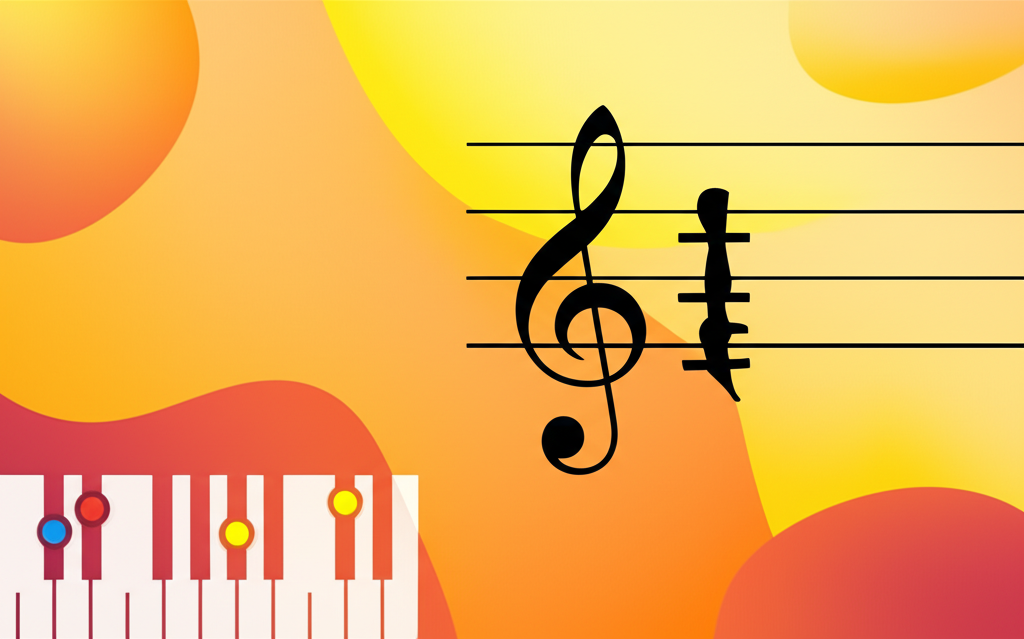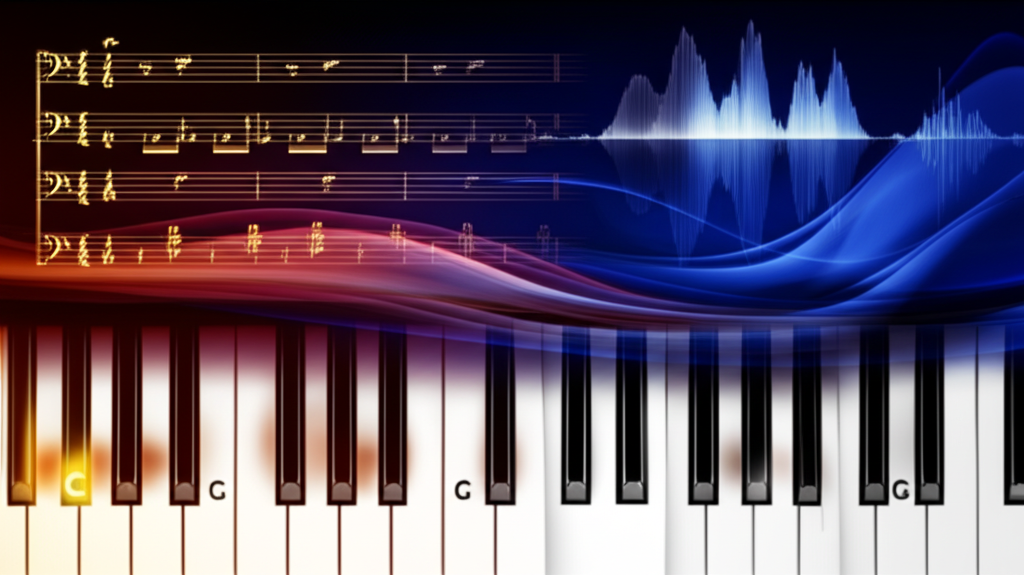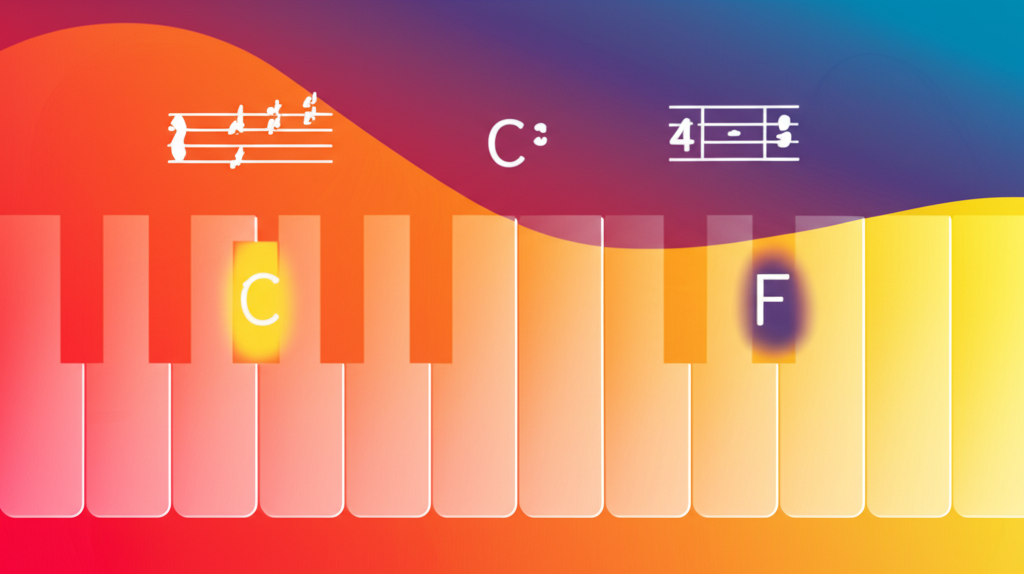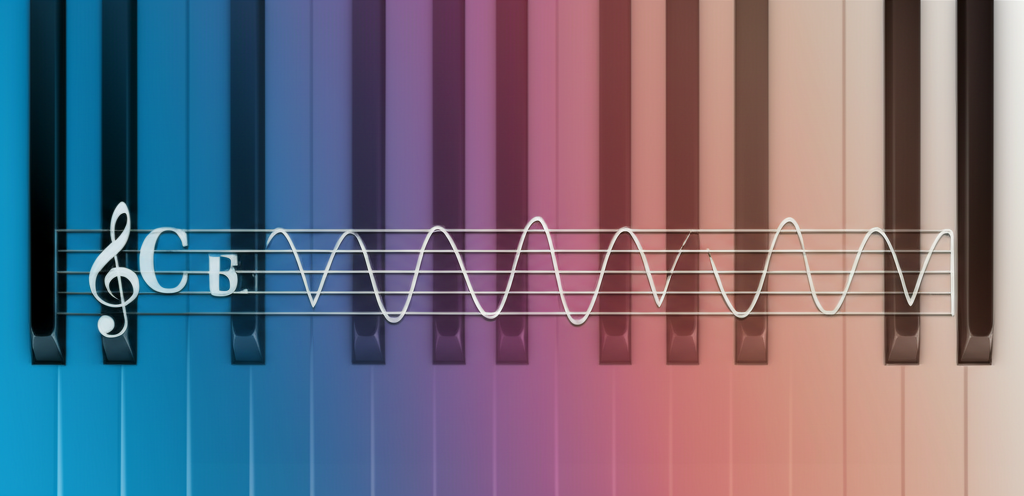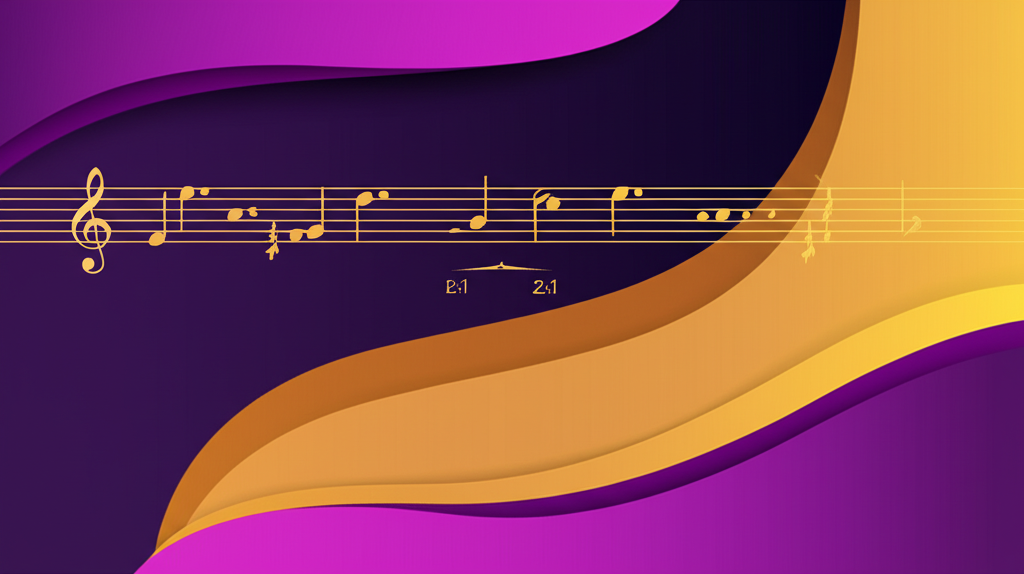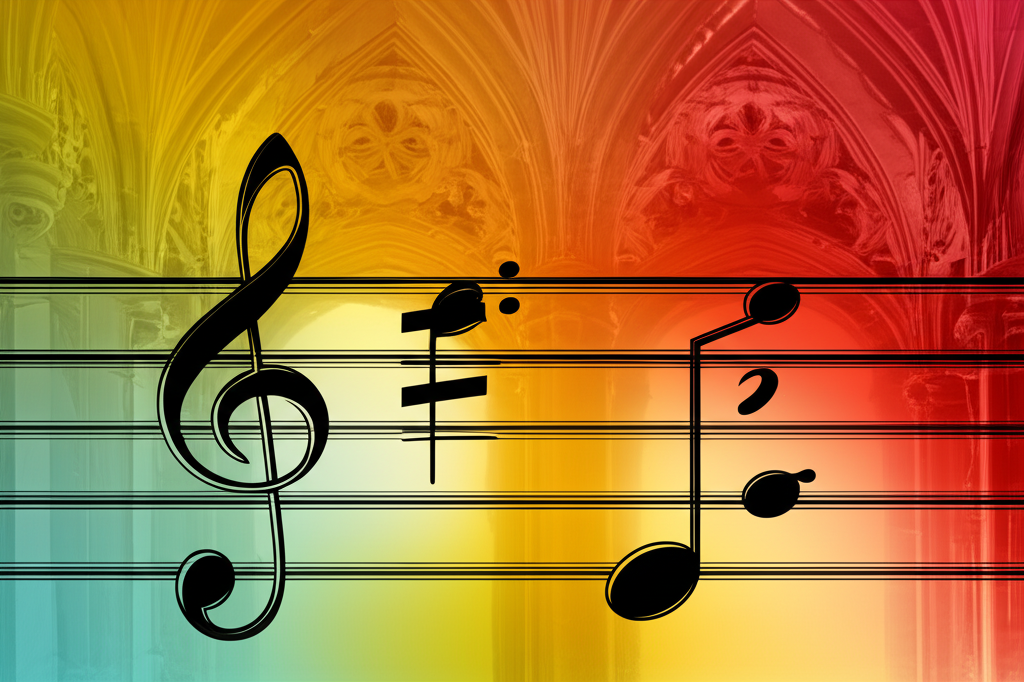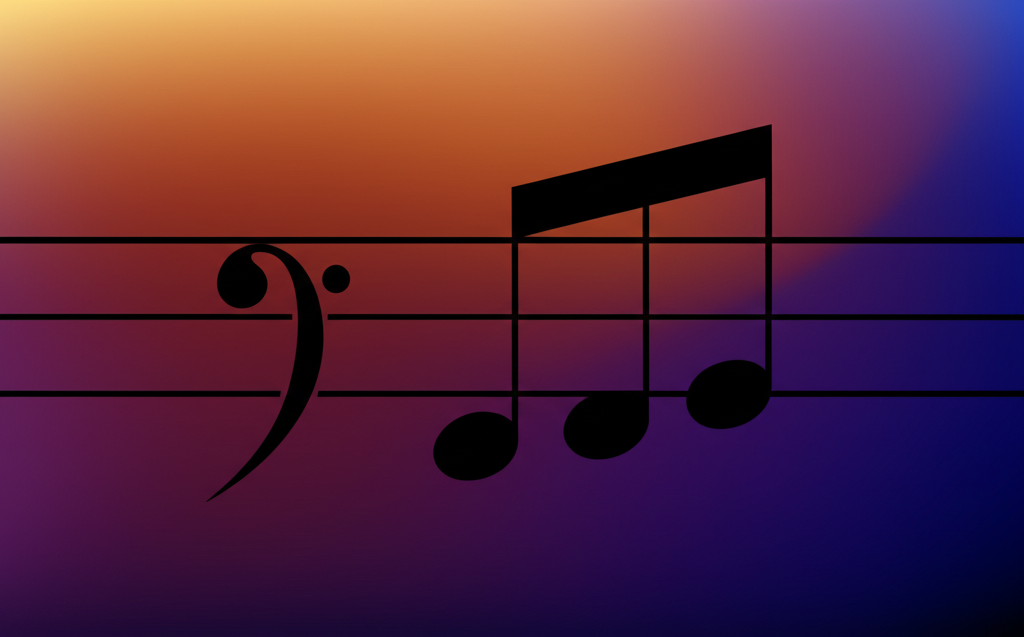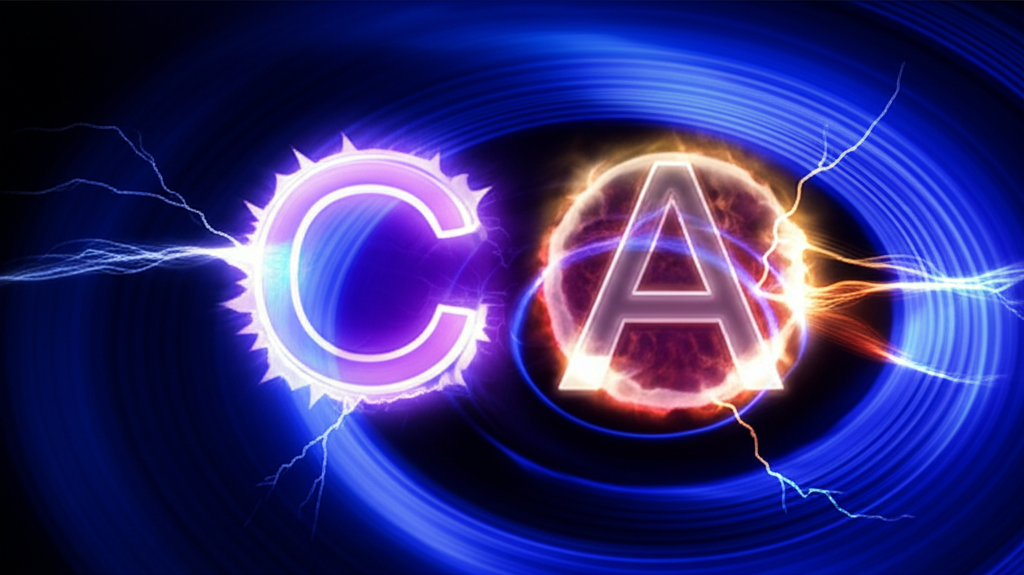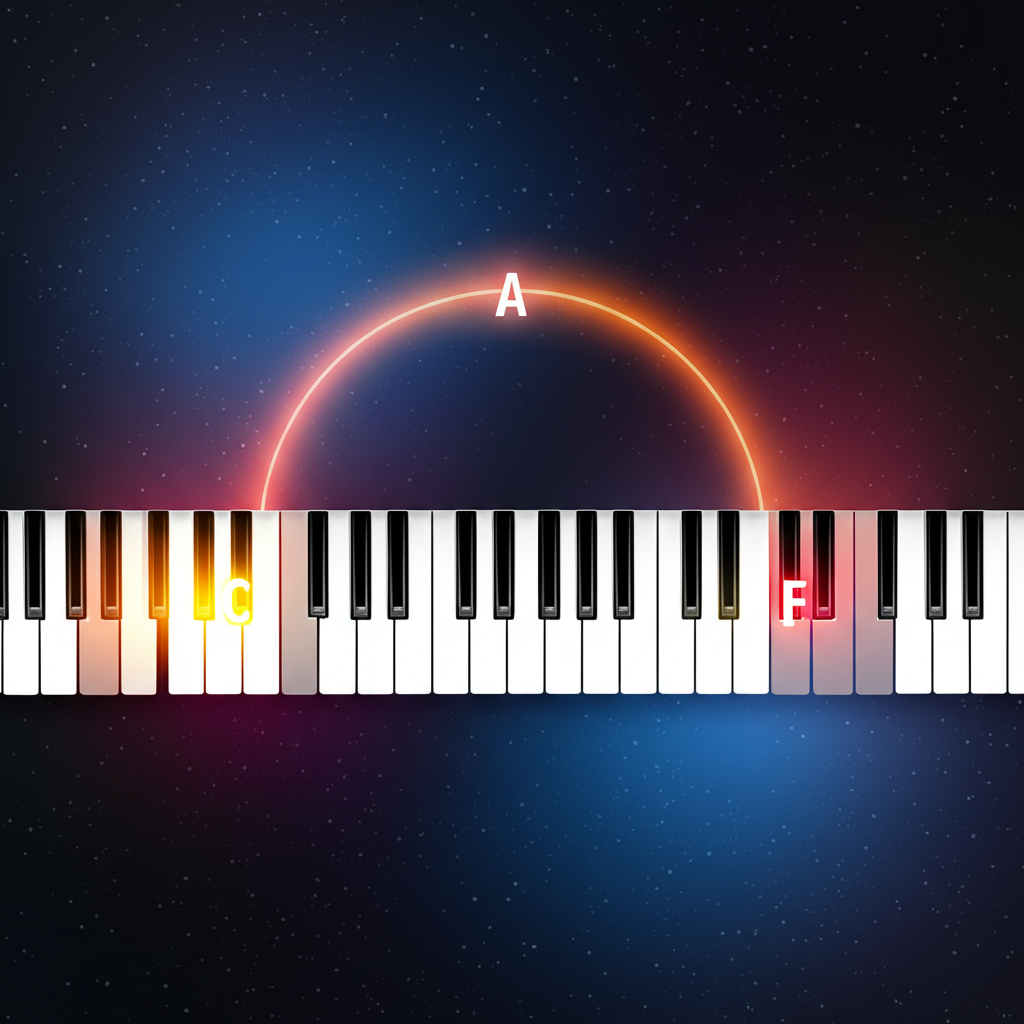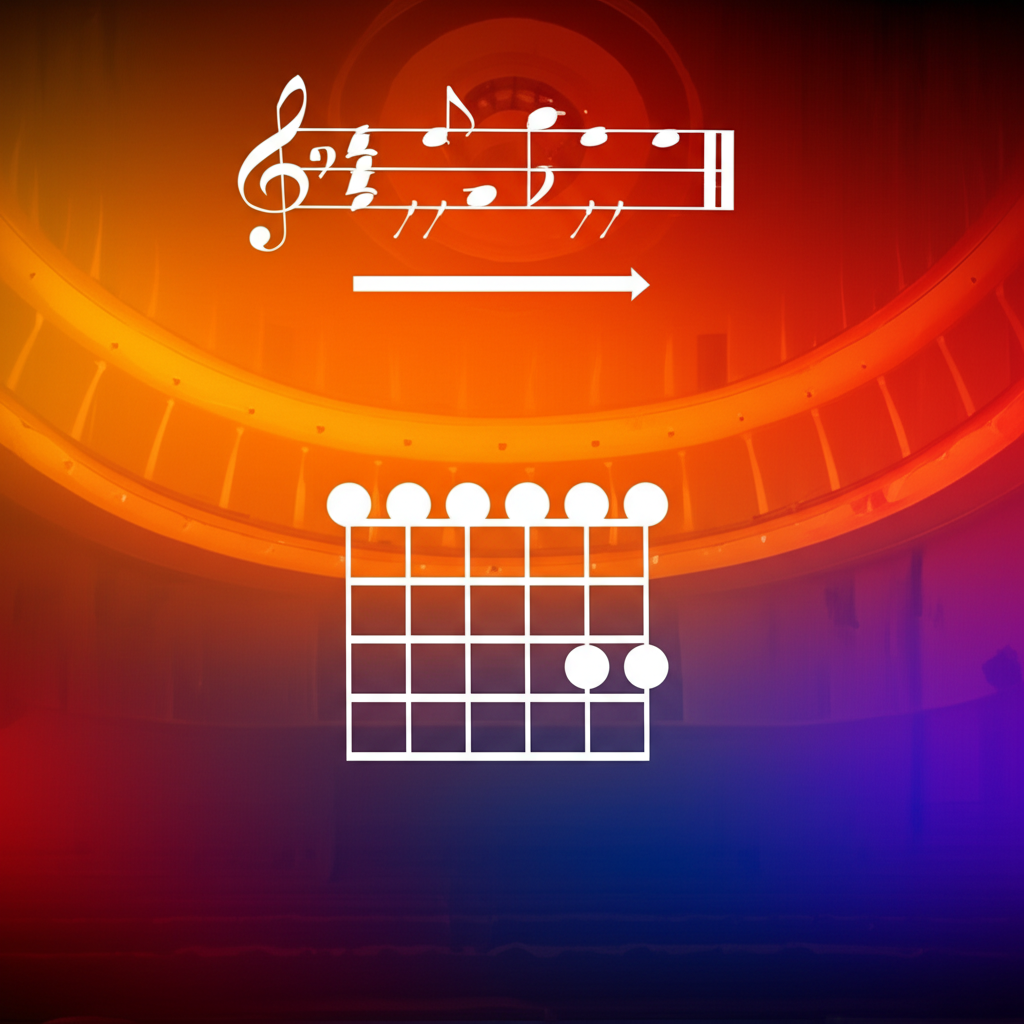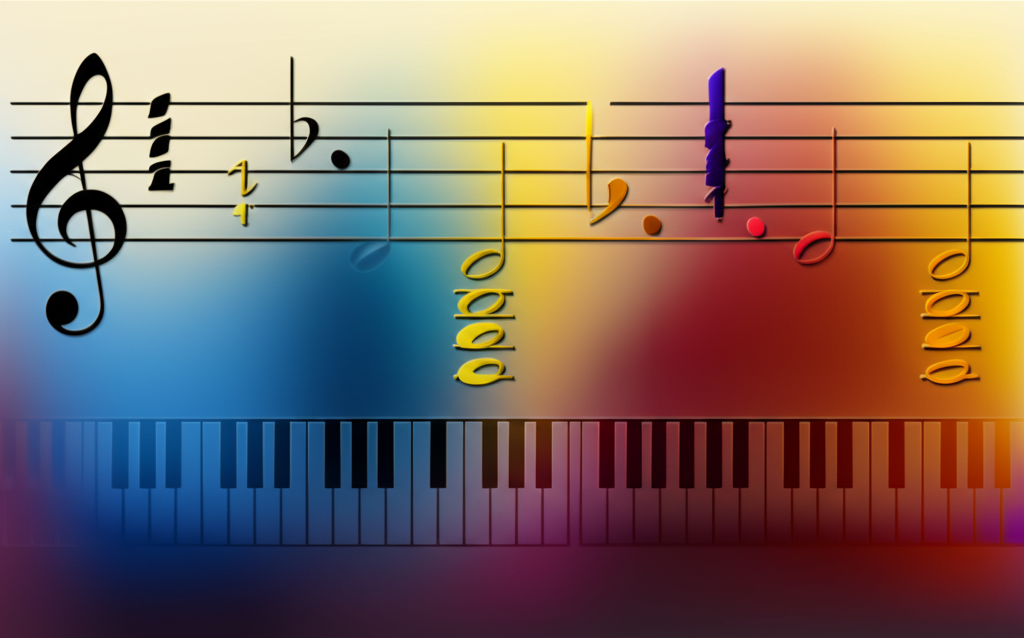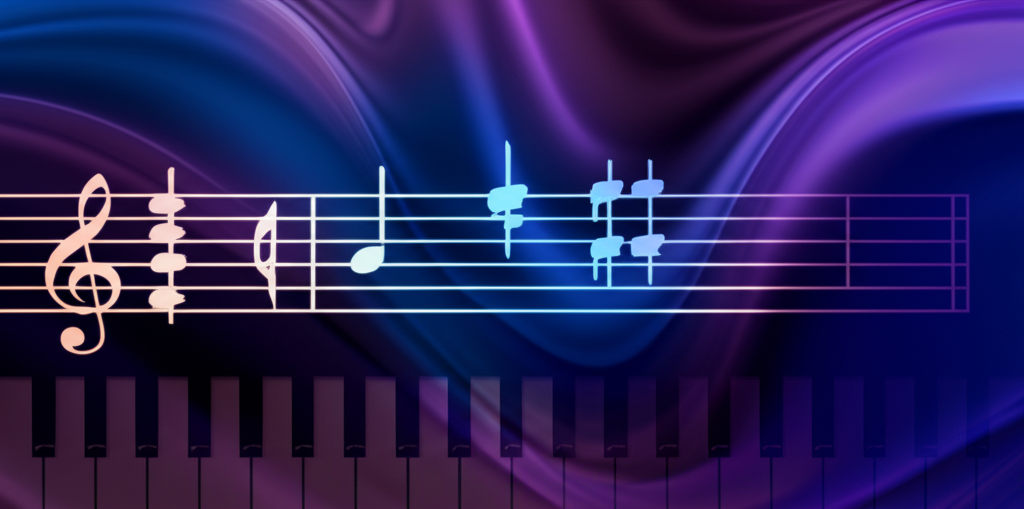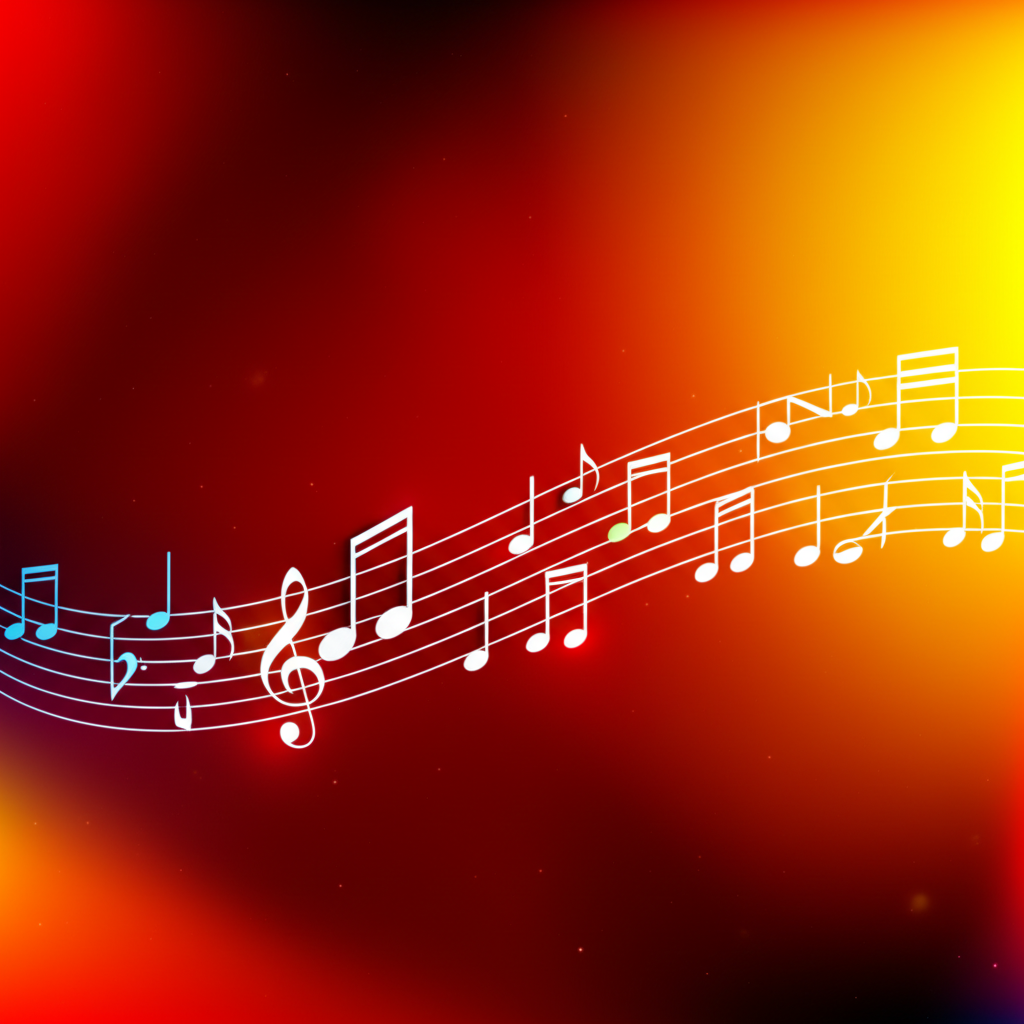
Major Third

b4n1
May 25, 2025, 2:22 a.m.
Major Third
Summary:
The major third is a bright, consonant interval spanning four semitones, fundamental to major chords and scales. It creates a sense of joy, stability, and resolution, making it one of the most important intervals in Western tonal music and the cornerstone of major harmony.
Keywords:
major third, interval, consonance, major chords, brightness, resolution, tonal harmony
Introduction:
The major third radiates warmth and optimism in music, serving as the defining characteristic that separates major from minor tonalities. Its naturally pleasing sound has made it a universal symbol of happiness and resolution across virtually all musical cultures and historical periods.
Definition and Classification:
A major third spans exactly four semitones (half steps). Common examples include C to E, F to A, and G to B. It's classified as a consonant interval and forms the essential component that gives major chords their characteristic bright sound. The major third appears naturally between the first and third degrees of the major scale.
Examples:
Major Third Intervals:
Examples of major thirds in different keys:
Major Chord Built on Major Third:
A C major chord demonstrating the major third foundation:
Practical Applications:
Major thirds form the basis of all major chords and are fundamental to major scales. They appear in uplifting melodies, triumphant fanfares, and celebratory music across all genres. Pop music relies heavily on major thirds for catchy hooks and memorable choruses. Classical composers use major thirds to establish tonal centers and create moments of resolution and joy.
Historical Figures:
Wolfgang Amadeus Mozart masterfully exploited the major third's natural brightness in his symphonies and concertos, creating music that epitomizes classical elegance. Ludwig van Beethoven used major thirds dramatically in his "Ode to Joy," where they help convey universal brotherhood and triumph. In popular music, The Beatles frequently built their harmonies around major thirds, contributing to their songs' timeless appeal and accessibility.
Fun Facts:
The major third has a frequency ratio of 5:4 in just intonation, one of the most mathematically pure consonances. The opening interval of "When the Saints Go Marching In" is a major third, immediately establishing its joyful character. Many national anthems begin with major thirds to convey strength and optimism, including "The Star-Spangled Banner" and "God Save the Queen."
Conclusions:
The major third stands as perhaps the most universally beloved interval in music, embodying joy, resolution, and harmonic stability. Its role in defining major tonality makes it indispensable for understanding Western harmony. How might future composers continue to find fresh expressions within this most fundamental of consonant intervals?
References:
Rameau, J.P. (1971). Treatise on Harmony. Dover Publications.
Forte, A. (1979). Tonal Harmony in Concept and Practice. Holt, Rinehart and Winston.
Clendinning, J.P. & Marvin, E.W. (2016). The Musician's Guide to Theory and Analysis. W.W. Norton.
